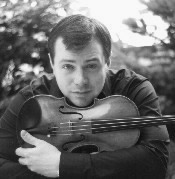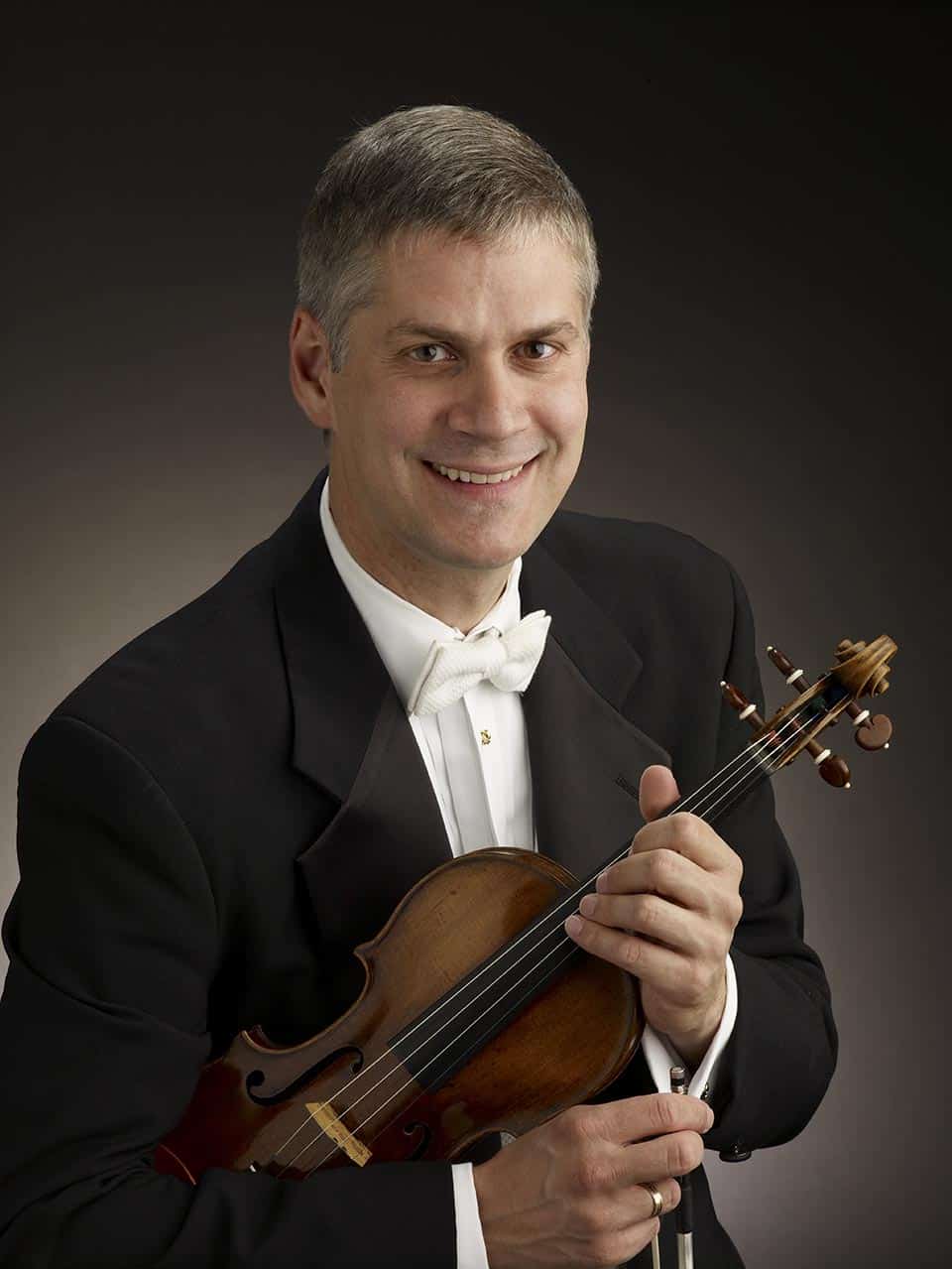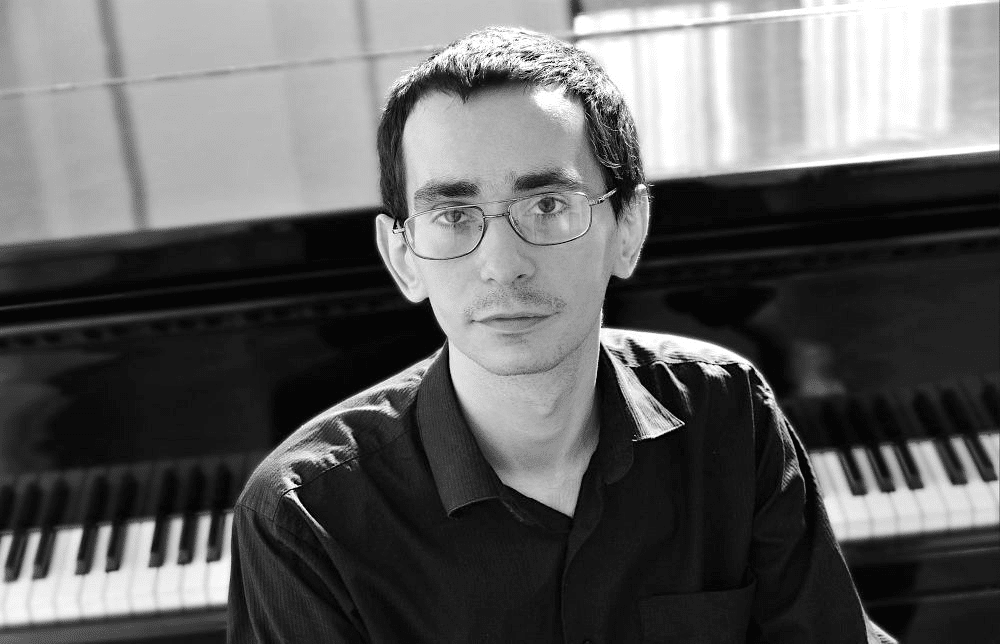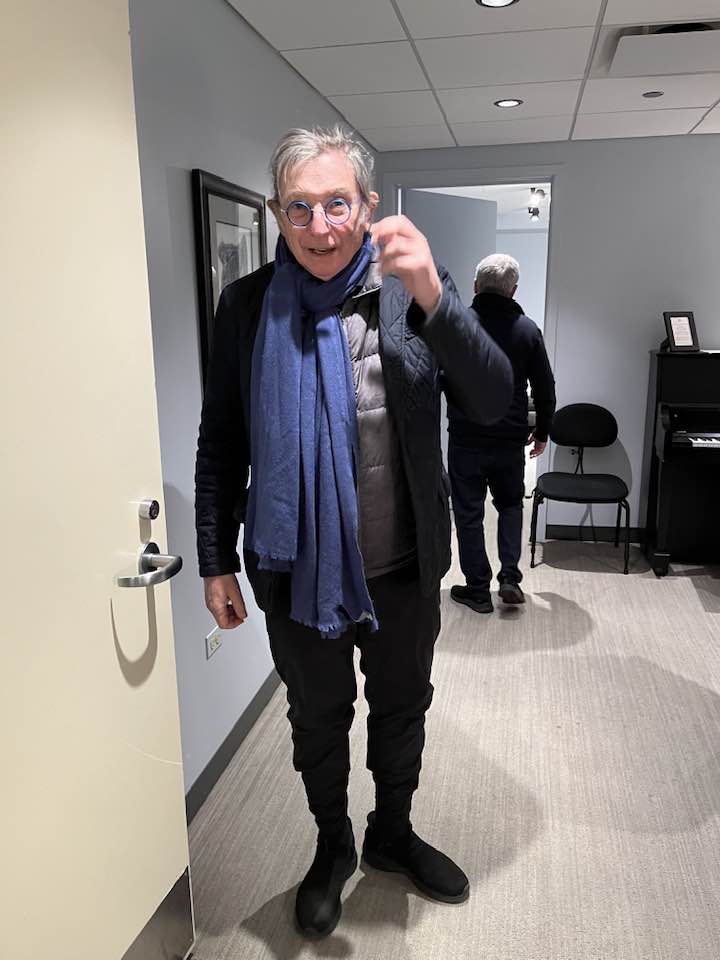How to build an audience by using social media metrics
mainThis is interesting, potentially important research, essential reading for independent minded musicians.
A study by a Microsoft researcher, Nancy K Baym, examines how musicians and the music industry can use social media metrics to analyse and identify an audience for specific performances and products. Nancy has been talking to successful players of online media, such as the world’s most-followed cellist Zoe Keating and the singer-songwriter, Erin McKeown.

Zoe Keating has learned from hard experience how to differentiate and discount click-stats: ‘I know that all of those people are not really following me,’ she says, ‘I’m certainly under no illusions that they are all my fans.’
The English solo bass player Steve Lawson says:
| I’ve had people with millions of followers on Twitter recommend me, and it result in 70 clicks through to my Web site. And I’ve had people with a couple of thousand followers recommend me on Twitter and it result in 300 clicks. […] I could stand on a couple of buildings shouting at the entire town and if they ignore me it doesn’t matter, but I can, you know, sit on a park bench and talk to three people and if they’re listening then it can change things. Attention is the currency, not the number of people you’re throwing the information towards. |
Baym concludes that it’s too early to offer a precise formula how to turn online followers into an active audience but… we’re getting there. Here’s a summary of her research and here’s the full paper.






That’s interesting and very true. It’s also true for house concerts. When you play a small concert for an audience of 30-50, almost everyone buys your CDs; when you play a behemoth hall like Carnegie or Royal Albert, you might sell 10-20 CDs. The merch is hard to find, and everyone just yawns and goes home.
I’ve had tweets of mine retweeted by people with over a million followers, and all I “got” was a few more followers – never has any of that translated into sales directly.
It could be said that Twitter is waning – Zoe Keating had 1.09m followers in 2009, and 1.3m in 2012. Now her following is down to 1.27m. While these are undeniably huge numbers, they would suggest that she was part of the big excitement of Twitter’s launch, one of its earliest adopters – but that her numbers haven’t really grown since then, and Twitter’s active user base has decamped to Facebook.
How coincidental! I just featured Zoe Keating on my blog post this week about the top classical musicians to follow on Twitter. She is without a doubt number one on Twitter within the classical world! http://bit.ly/16Ehwyd
She can not be compared to serious classical musicians like Steven Isserlis etc. That is why she has so many followers on Twitter & co. You would expect people on this forum to be able to make the difference between real artists and classical musicians and representatives of a sub-culture which has developed recently to please the general audience and the masses who have no understanding or respect for the work and depth of a classical artist and musician. There is nothing wrong with her number of followers on Twitter, but it is wrong to categorize her and other like her in one group with classical musicians.